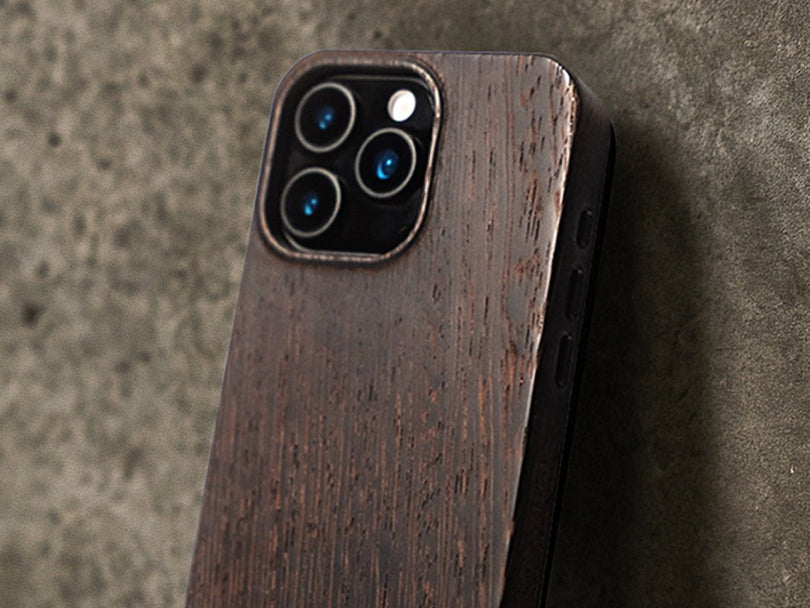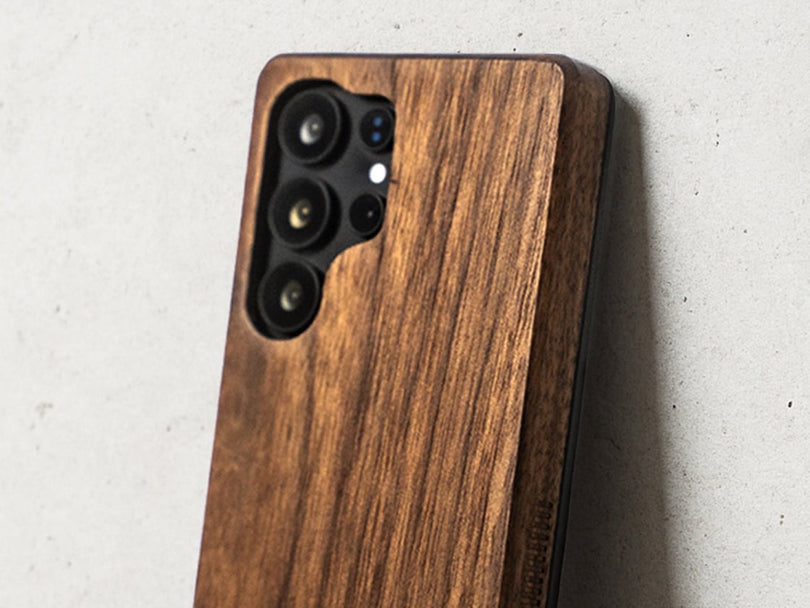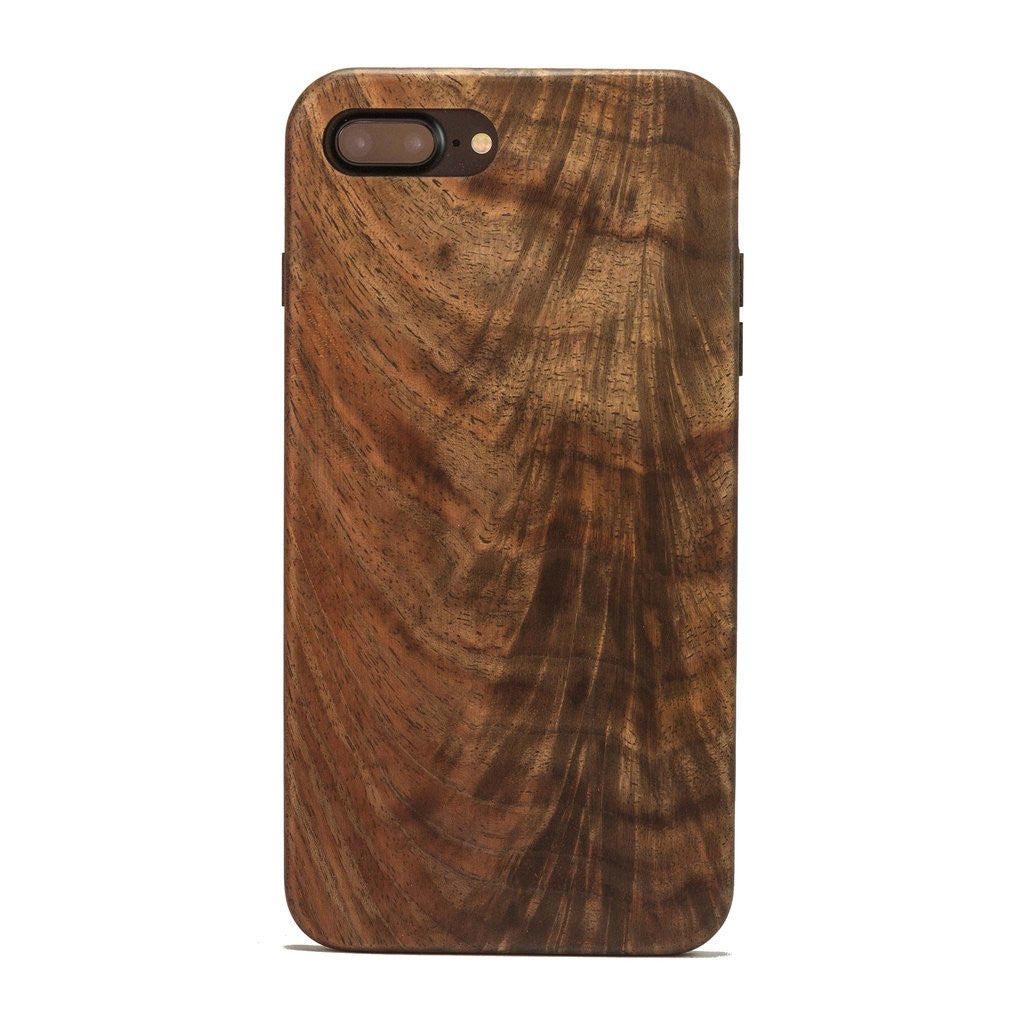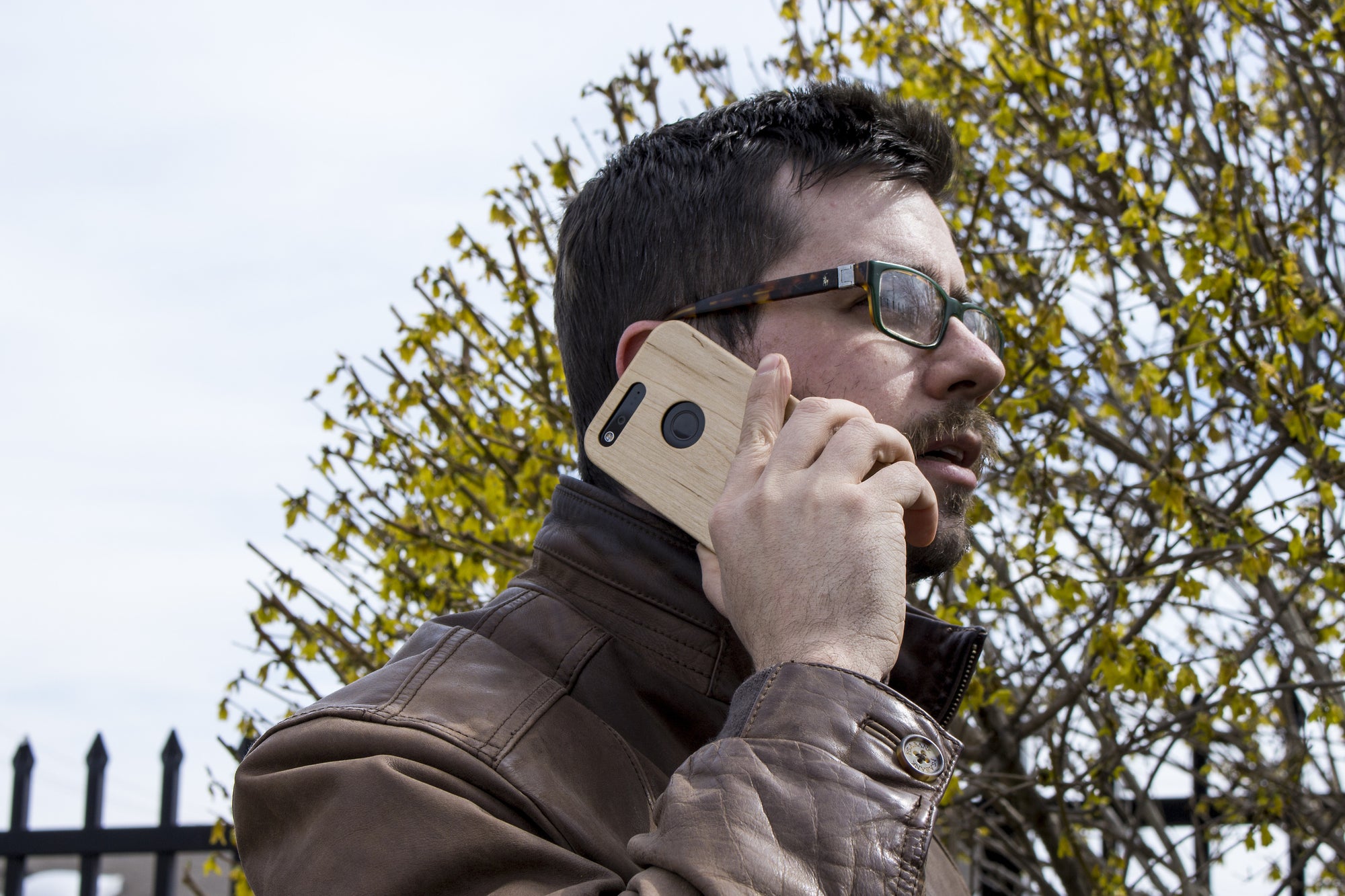In a past life, I worked at an Apple Store. And when you work at an Apple Store, there are very strict rules for how to deal with questions about upcoming products. There’s an interesting dance that occurs during the summer months when intrigue starts to swirl about the latest and greatest from Cupertino, and people start to ask what the new iPhone will have and what it can do.
If you work for Apple, especially in a retail capacity, you can truthfully answer that you have no idea. Watching Steve Jobs stand on stage and sell his shiny gadgets was exciting for us, precisely because we didn’t have advance notice of what he was talking about. If the tens of thousands of us knew, it wouldn’t be much of a secret. But we’d be pressed on it. “Surely you MUST have heard something, right?”
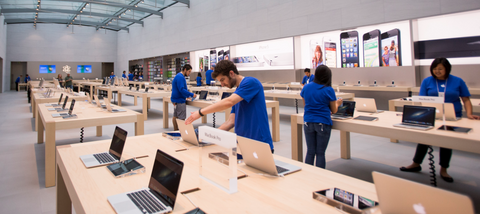
Of course we did. Even if you weren’t a voracious Apple rumormonger like I am, you could get a pretty thorough overview of the latest gossip from exactly the people who were asking us to confirm the rumors we heard. But Apple wisely discouraged us from discussing rumors with store visitors, fearing any affirmative signal from us would be taken as official Apple confirmation of an upcoming product or feature. Each of us had our own grab bag of verbal tricks to weasel our way out of that particular discussion, saving it for the break room instead.
Nowadays, I don’t work for Apple. I find myself not only in a position to openly speculate about future Apple products online without getting in trouble (which feels very strange), but my current work requires us to be up to speed on the rumor pipeline so that we can be ready to roll when new products hit.
So if you’re curious about the next iPhone, let me be your guide through the rumors. Read on!
iPhone Releases: A Brief History
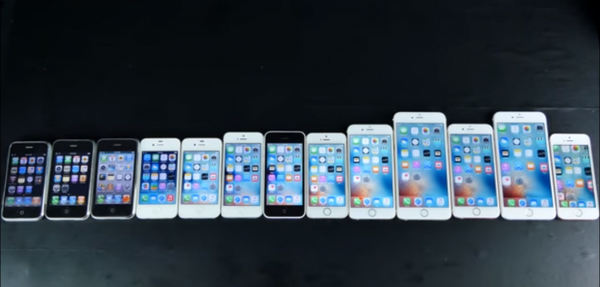
All iPhones so far. Not a lot has changed from the front. From left: iPhone (2007), iPhone 3G (2008), iPhone 3GS (2009), iPhone 4 (2010), iPhone 4S (2011), iPhone 5 (2012), iPhone 5c and 5s (2013), iPhone 6 and 6 Plus (2014), iPhone 6s and 6s Plus (2015), iPhone 7, 7 Plus and SE (2016)
Since 2011’s iPhone 4S, Apple has reliably released their new phones in September. Since 2010’s iPhone 4, they have followed a pattern: a new number and form factor in even-numbered years (4 to 5 to 6 to 7), and a repeat design with performance improvements in odd-numbered years (4S to 5s to 6s). This “tick-tock” pattern works well for Apple; those looking for a bleeding-edge look get their phones on the tick, and those who want the best specs and all the bugs squashed wait for the tock.
Just by looking at history, we could make an educated guess that the new iPhones will be “tock” phones; they would look exactly like the iPhone 7 and 7 Plus currently available (maybe with a new color thrown in for novelty-seekers). A better chip, a better camera, and some new feature (Siri, Touch ID, and 3D Touch all made their debut during S years) would be present, and case manufacturers like us would breathe a sigh of relief that we don’t have to redesign our signature cases from scratch.
There’s just one problem. This doesn’t square completely with the rumor mill.
Apple Rumors: Separating the Wheat from the Chaff

Every year someone predicts a projected keyboard on the new iPhone. Every year they’re wrong.
Before I get into the speculation swirling around a “Mystery iPhone” this year, it might be a good idea to share some tips on sniffing out the good intel from the duds. Apple speculation isn’t fortune-telling; many people reporting on the inner workings of the tech giant have sources well-placed to get reliable information about future products. Chief among them is Ming-Chi Kuo, who is so rarely wrong with his predictions that you can reliably bet on his analysis reports. Set up a Google News alert for him and you will almost never be led astray.
The Wall Street Journal and the New York Times will only publish if they have rock-solid intel, and many believe that these are the outlets that Apple directly leaks to if they feel the need to control wild rumors that would lead to disappointment if they don’t pan out.
Sites dedicated to Apple rumormongering vary in quality. I prefer MacRumors. While they engage in wild speculation at times, it’s always clearly marked as such, and their reporters have their own reliable sources for original journalism. If you’re looking for a one-stop gossip shop, it’s a good place to bookmark.
The further you get away from solid sources, the more likely you’ll be to get led astray. Less responsible blogs and publications value your clicks more than the truth, so take any news article you see laden with ads and a wild headline with a grain of salt.
To the Rumors!
Ming-Chi Kuo has been beating a drum for a while now that Apple is planning on releasing a third iPhone this year, alongside its expected 7s and 7s Plus models. There’s some interesting timing that may play into this: 10 years ago today, the original iPhone was released for sale, and the world witnessed the beginning of the Era of the Smartphone. Apple may want to celebrate this achievement with something special.
The big feature of this supposed third iPhone is a large wraparound display that takes up far more of the front of the phone than previous models. Samsung’s latest flagship, the Galaxy S8, gives us a clue as to what this would look like, and the fact that Samsung is one of the major display manufacturers for iPhones might not be a coincidence.

Samsung Galaxy S8 (not an iPhone)
Apple has patented a method of receiving Touch ID fingerprint information through the screen directly, and the home button on the iPhone 7 is already an inert area that simulates presses, so it’s possible that the home button itself, the main hardware feature of the iPhone since the very beginning, would disappear entirely. A display like this would mean getting almost a 7 Plus screen size on an iPhone 7-sized phone, an impressive feat and a boon for short-thumbed individuals like me.

Mystery phone, artist’s render. These are almost always wrong.
The screen might be OLED, which is a big deal. Basically, on your normal LED smartphone screen, black pixels still give off light, while on OLED screens, they don’t. This means that the color black looks much nicer, plus a lot of power is saved. The Apple Watch uses this tech for its screen, and is designed so that you can’t tell where the screen ends and the bezel begins. I’ve been waiting for a while to see what this display tech could do on a smartphone display. Here’s hoping that a black-themed Night Mode for iOS comes with it!
Like the iPhone 7 Plus, the third iPhone is expected to have two cameras, useful for capturing artistic close-range shots that blur the background. The orientation is flipped, and the cameras are expected to be arranged in a vertical line this time. It’s possible that this orientation will open up new forms of photography; Apple’s acquisition history suggests that they’re only just getting started in seeing what a smartphone camera is capable of. We’ll have to adjust our cases to fit, but we have a lot of practice at that.
The use of glass as an enclosure material might make a comeback! The iPhone 4 was my first iPhone, and remains my favorite design. Seeing your reflection in polished black glass never gets old, and the mystery iPhone may bring back this design choice in a big way. iPhones have thinned to the point where the new iPhone may have almost an entirely glass exterior. If you’re prone to dropping your phone, a good case may be necessary!
The third iPhone may also support “wireless” charging, which is already present in several Apple products, from the Apple Watch to their new AirPods ( both come highly recommended by me). This technology is not “wireless” per se; the electricity is not traveling through the air. Instead, the iPhone could be placed on a surface that charges the battery without you having to plug a cable in. There are a few phones already on the market with this capability, so it wouldn’t be surprising to hear that Apple’s been working on this one for a while.
What’s in a name?
Millions of iPhones don’t suddenly appear for sale when Tim Cook announces the latest and greatest from California. The preparation and manufacturing process takes months, and what could be kept under lock and key in secure Apple design laboratories now has to be trusted with a lot of manufacturing partners, mostly overseas. This is why you start to see rumors solidify over the summer: the secrets are in more hands, and there are often solid incentives for sharing info or leaking parts to journalists and other interested parties (money talks!).

Hot off the presses!
But Apple’s marketing doesn’t leak quite as reliably. Things like the name of the product, the final look of the software, the packaging design, and the the price usually stay a mystery right up until the announcement because the secret is shared by so few people. Predictions in this area, especially about the name, can miss the mark spectacularly. (Remember the iWatch?) Combining Apple’s mostly predictable naming conventions for its products with its penchant for doing extremely wacky things sometimes (The third generation iPad was called simply “The New iPad” at launch. What?), there’s a good amount of speculation around what this mystery phone might actually be called.
It seems like most people have decided that it’s called the iPhone 8. I have serious doubts about this. It would send a clear message of superiority: “The 7s is this year’s phone, but the 8 is next year’s phone, a year early,” says my imaginary Tim Cook. But what would happen next year, then? The iPhone 7s would be replaced with….the iPhone 8? And then the 8 would be replaced with….the 8s? The 9? The 8 2? Something tells me that this convention would be tough to hold up over time, and that a phone called the iPhone 8 is coming out...next year.
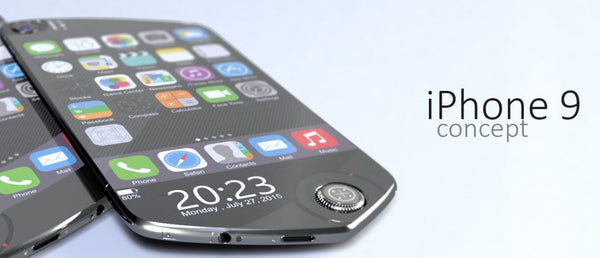 Why not get started on the baseless speculation early?
Why not get started on the baseless speculation early?
Going back to the 10th anniversary connection, Apple could call their new phone the iPhone X. This provides some separation from their usual numbered releases, and the meaning of the roman numeral would provide a nice throwback to their past in personal computing. In 2001, the same year that iPods and Apple Stores first made their appearance, Apple launched Mac OS X (pronounced Mac OS Ten), a forward-looking operating system for its Mac computers that drew upon the work Steve Jobs did at NeXT. Mac OS X was tweaked and improved in various software updates, and in fact is still the OS for all Mac computers, only it’s now called macOS. Apple had a big X as a part of their branding for over a decade, so maybe it’s time to bring that back.
My money’s on iPhone Pro. Apple’s conditioned us to choose the product that best suits our needs as consumers with their MacBook and iPad lines: for basic everyday use, you get the MacBook or iPad, and for the tough, heavy stuff (like gaming, video editing, or programming), you get the Pro model. It’s a big leap in performance and capability, and it’s priced to match. Extending this model to the iPhone line would make some sense: there’s definitely a case to be made that iPhone “power users” out there that would benefit from having advanced features, and wouldn’t mind paying a lot more for them. This naming convention would be easy to update over the years as well: 2018 could be the iPhone Pro 2, launching alongside the iPhone 8 and 8 Plus on the consumer side.

A conceptual “iPhone Pro” design from 2012. This one did not age well.
One thing to keep in mind as you salivate at artist’s renders of this mystery phone, though, is it’s likely to be very expensive. There’s no such thing as a cheap iPhone in the first place (the least expensive iPhone in the latest line starts at $650), so expect a model that’s close to $1000 or more to own. You’ll be paying for the radical tech, the cutting-edge new look, and the privilege of being able to get the best of the best. Apple doesn’t mind cannibalizing sales of its products for different ones, but there will be compelling reasons to purchase their less expensive models, and people waiting until September to upgrade will want to make a well-reasoned decision between the iPhone 7s, the “iPhone 8”, or a less expensive iPhone 7 or SE.

KerfCase Figured Walnut Wood Case for iPhone 7 Plus. We’re tweaking our designs so this beautiful grain can adorn every iPhone that gets announced this Fall.
It goes without saying that regardless of what phones are announced and which ones are launched, KerfCase will be selling cases for all of them. We've been adapting to new Apple designs since 2014, and we've gotten really good at it.
Unlike larger case companies that get advance notice of specs and dimensions, we’ll be waiting in line with the rest of you, hoping to grab a new phone on day 1 so we can get to work designing a case that fits perfectly and enrobes your new gadget with handmade style. You’ll be able to preorder your case soon, with shipments happening as quickly as we’re able.
What has you excited for September’s iPhone event? Reach out and let us know!

Update: Our cases are ready to sell! Order a plain or custom wood iPhone X Case today and it will ship within 5 business days.

